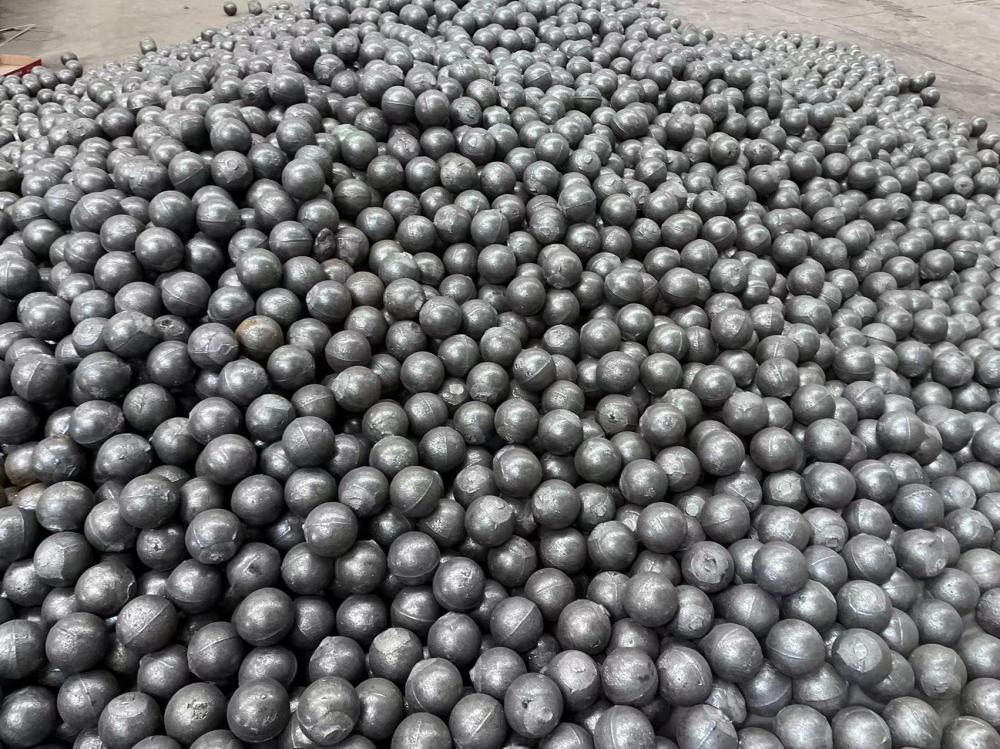In large mold processing, in order to obtain the highest possible surface quality, we need to select the right machine tool and configure the necessary tools. Only in this way can we reduce the EDM's subsequent processing time and the manual grinding time of the fitter.
With the rapid development of the automotive industry, the demand for various large and highly decorative molds for automobiles is rapidly increasing. For example, automotive dashboards, designers are constantly increasing the size and complexity of such mold products. Therefore, the production of various large molds has become a new field for many processing companies to seek opportunities for global competition. However, it is not an easy task to enter this field. Under the backward processing technology, the machine feed rate is slow, the operator needs to perform multiple debugging and clamping on the workpiece, and it takes several hours of manual polishing, so the processing cycle is very long. Therefore, more advanced processing techniques must be sought to make the processing of large molds as easy as machining small molds.
Major problems in large mold processing
1. Huge size and weight
When processing large molds, how to deal with their own huge size and weight is a major challenge for processing companies. The processing of large molds often requires a large amount of labor, special equipment and multiple debugging and clamping, and the processing accuracy is also affected by many potential factors and is not easy to guarantee.
2. Acquisition cost problem
The biggest cost directly related to the processing and production of various large-scale molds is the purchase cost of the machine tool. Machine tools capable of producing large molds are quite expensive, especially in complex process arrangements where multiple machines are required to complete the entire process from mold roughing to finishing. Such early high input costs are also the biggest obstacle for many companies to enter this market.
From this, we can see that if the roughing and finishing of large molds can be realized on a suitable machine tool, even if it is only necessary to debug the clamping, many problems will be solved and the machining accuracy can be guaranteed.
Large mold processing center
Considering the general machining accuracy of large machine tools and the problem of commissioning and clamping, we must explore some of the design features necessary for large mold machining centers.
1. Cast iron bed structure, machine tool spindle has heat dissipation function
Cast iron materials have high rigidity and heat dissipation properties and are therefore the most stable material for manufacturing machine tool structural parts. For any machine for milling large parts, you first need to have a very strong cast iron structure and be equipped with a heat sink.
As far as the spindle of the machine is concerned, it must use built-in cooling technology to cool the spindle from the outside of the bearing to ensure that the spindle itself will not be burned out or will not be lost due to thermal expansion during long processing.
These factors are very important because the processing of large molds takes a long time, and under heavy cutting conditions, this increases the heat and stress of the mold. Therefore, the structural components of the machine tool must have good rigidity and heat dissipation characteristics, which is the premise of processing large-scale high-quality molds. Therefore, it is necessary to minimize the vibration of the machine tool during the machining process and to rapidly diffuse the heat generated during the machining process.
2. Thermal stability technology
Due to the long processing time, the influence of ambient temperature must also be considered. For example, when machining large molds on a common machine tool, when the ambient temperature changes by 10 °C, it will cause a temperature change of 6 °C on the machine column, causing a 0.07 mm change in the parallelism of the main shaft gusset. Therefore, the design of the machine tool must take into account the effect of the ambient temperature and avoid the ambient temperature affecting the accuracy of the machined part.
3. Speed
For a large mold processing center that can move quickly, the spindle speed of a large mold processing machine should be at least 20000r/min, and the cutting speed of metal should be 762~20000mm/min.
Next page
The high chromium wear-resistant alloy steel balls produced by our company have the following advantages:
1. With extremely high hardness, usually between 60-66 HRC, it can effectively resist wear and grinding and extend service life.
2. Excellent wear resistance, able to maintain stable performance during high-speed grinding and grinding, reducing the risk of wear and fracture.
3. It has good impact resistance and can withstand greater impact force and is not easy to break during high-speed grinding and grinding.
4. It has good corrosion resistance, can maintain stable performance in wet and corrosive environment, and is not easy to rust and corrosion.
5. Can maintain stable performance in high temperature environment, not easy to deform and soften, suitable for high temperature grinding and grinding process.
6. The wear rate of the steel ball is low, which can reduce the loss of abrasives and materials and improve the grinding and grinding efficiency.

Chromium Oxide Abrasive,Alloy Steel Ball,Tempered Alloy Steel Balls,Wear Parts Steel Ball
Xuzhou Surun wear-resistant material Co., LTD , https://www.suruntools.com